How does the post -epidemic era catering company crossing the cycle to grow countercurrent?
Author:Cover news Time:2022.07.06
The catering industry is most related to people's livelihood, and the public's attention is very high. In the post -epidemic era, what is the development of the catering industry?
In the last issue, the cover news and takoya small data released the China Catering Wind Index in June. Through a large amount of statistics, it made some interpretation of the current status of the catering industry.
On the whole, in the post -epidemic era, it has high cost performance, catering companies or categories that can meet the rigid demand, and have more innovative and strain capabilities, and have stronger survivability.
In this issue, we can further prove the current development trend of the current catering industry through an in -depth data sharing of Tomato Capital, the founder of Tomato Capital, so as to better pull away the fog and see the future.

The total number of catering stores decreases by millions
On June 29, Qingyong made data sharing at a summit at a summit at the narrow gate group, tomato capital, and narrow door supply chain, and made suggestions. According to reports, in the past two years, affected by the epidemic, the number of Chinese restaurants has decreased by more than 1 million.
In 2019, the number of stores nationwide was 9.99 million, and the number of stores nationwide in 2022 was 8.98 million.
From the perspective of changes in catering revenue, there will be recovery from January to February this year, but in March and April this year, the year-on-year increase was -16.4%and -22.7%, and the decline fell.
Although the overall difficulty, different categories and different brands have different performance.
In 2021, Yum! China achieved a revenue of US $ 9.85 billion, US $ 1.39 billion in operating profit, and a net increase of 1,282 stores.
The annual revenue of Tai Er (sauerkraut fish) was 3.29 billion, and the store level was 720 million operating profit.
But from last year to May 2022, Haidilao closed a total of 314 stores.
Relevant sources of Haidilao told the cover reporter that in order to cope with new changes, Haidilao now vigorously develops the delivery and establishes the community operation department to build an out -of -home business. In May, the delivery revenue was nearly 200 million yuan.
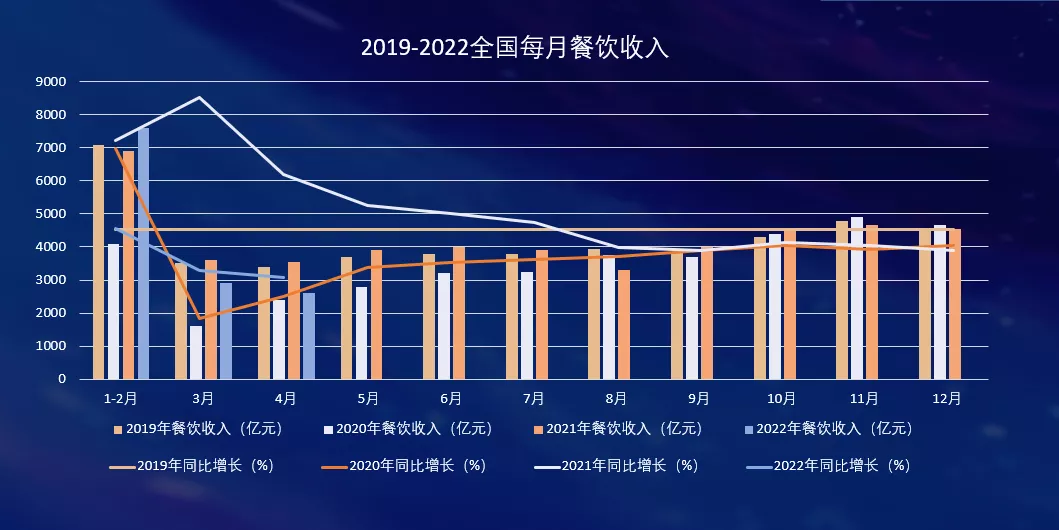
The hot pot is still the largest number of stores in the largest category of stores.
Qing Yong introduced that according to statistics from all categories, from the beginning of last year to May this year, barbecue skewers, Xiangcai small fried fried, Cantonese tea restaurants, rice noodles, dumplings, fried chicken burgers, dining tavern, meals and leisure, new, new Chinese -style baking, new snack chains, community fresh chains and other stores have remained continued to grow, but local dishes have almost developed in various local dishes. The track is very weak.
At the same time, in the catering industry, the investment and financing incidents and amounts in 2021 reached the highest historical value. Investment and financing incidents available for observation of the catering industry reached nearly 400. The amount of financing incidents did not publicly finance.
Among all of these catering categories, hot pot is the largest category, and the market size reached 550 billion yuan in 2021.
The number of hotpot stores in the country reached 517,455, during which the number of new stores opened 26,9080, and the number of closing stores was 26,5424, and the total number was still increasing.
From the perspective of scale rankings, "Haidilao Hot Pot" is the first in the hot pot category with the number of existing stores; the second "Wang Po Praw", which is ranked second, the existing stores are 918; 828 stores ranked third.
From the perspective of net growth rankings, the first place is "Nan Hot Pot", and the second place is "Liu Jiguang's hot pot chicken".
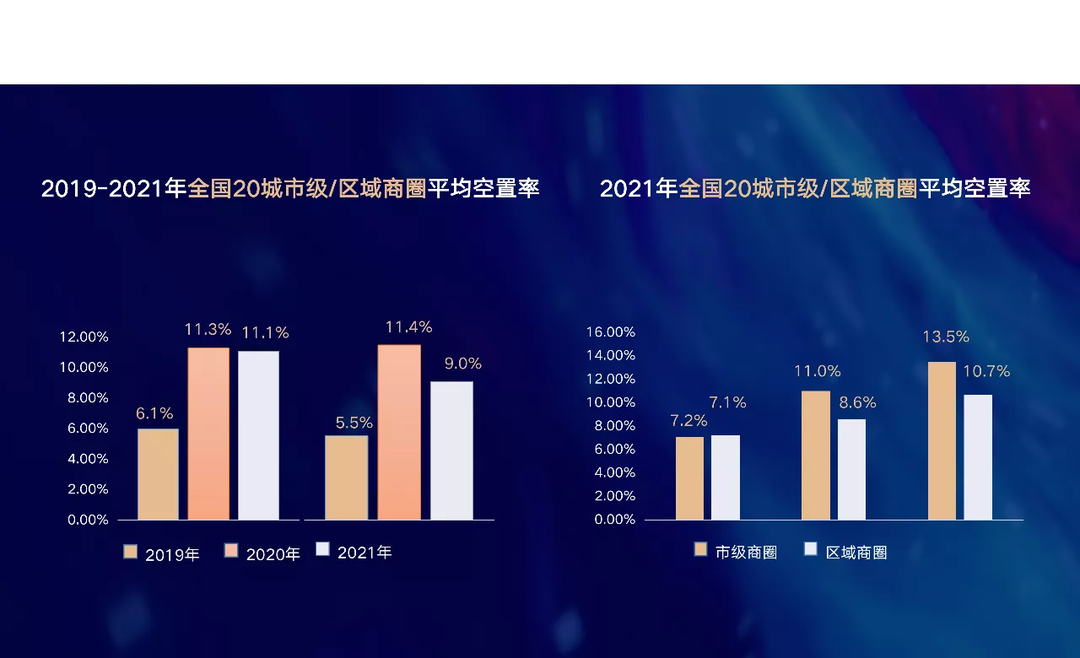
Sichuan Caijiang Zhejiang Cai Guan stores more Xiangcai and Lucai increased
From the perspective of local dishes, Sichuan cuisine stores have the largest number, but the number of stores has decreased.
At present, there are 17,3672 Sichuan cuisine stores across the country, with a negative increase of 19,480.
Jiangsu and Zhejiang cuisine is also miserable. The number of Jiangsu and Zhejiang cuisine stores is 13,4868, with a negative increase of 14,270 during the period.
During the statistics of Yunnan cuisine, there were 2838 new stores, 6,449 closing stores, and a negative increase of 3,611. The number of Huicai stores was 12,379, with a negative increase of 1985.
In other places, the stores have net growth.
The number of Guangdong cuisine stores was 13,2139, with a net increase of 11,152. The number of Hunan cuisine stores is 91015, with a net increase of 4,399. The number of Northwestern cuisine stores is 64,644, with a net increase of 6,289.
There are 7,8421 stores in Lu cuisine (including Beijing cuisine and all roast ducks), with a net increase of 4,313.
The Sichuan cuisine that everyone cares about, from the scale, "Zhou Mapo" is the first in Sichuan cuisine in the number of existing stores; the number of existing stores in the second "secrets" is 154; "Xu Dingsheng folk cuisine" He ranked third with 120 stores. It is worth noting that the first and second "Zhou Mapo" and "secrets" are Fujian catering companies.
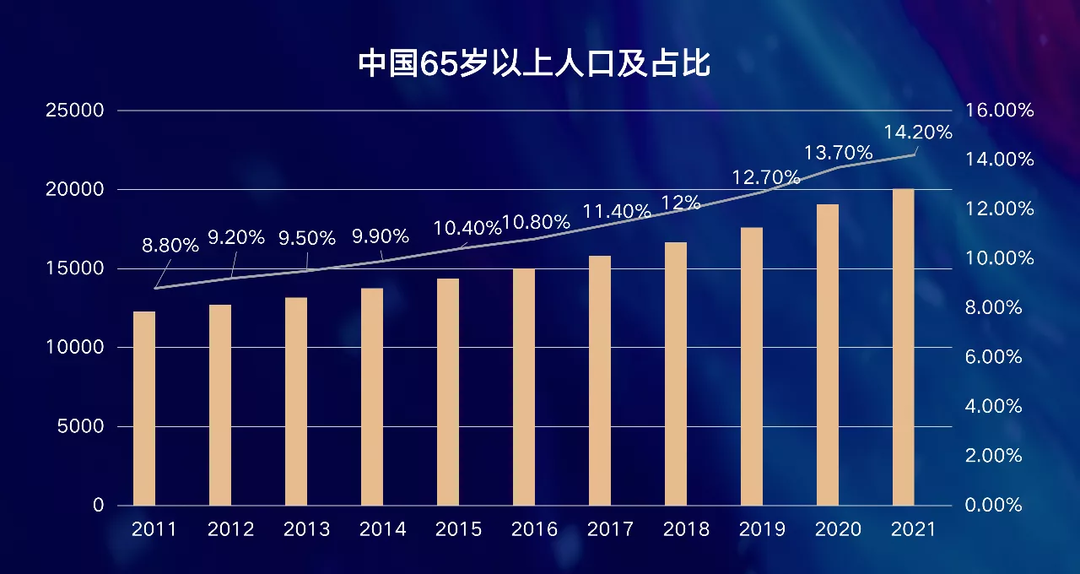
Single -grade leisure meal Japan and South Korea Southeast Asian cuisine increased
Compared with a comprehensive meal, single -category leisure meals are more popular in the post -epidemic era, and the number of stores has maintained a net growth.
For example, sauerkraut fish, there are about 41,000 stores, about 25,000 new stores, about 23,000 stores, and 1,338 net increases. From the perspective of scale, "Fish You Together" is the first in the category of sauerkraut fish in the category of sauerkraut fish with 1474 stores, which is more than 400 compared to 2020; There are 367 stores.
There are about 63,000 grilled fish in the country, with a net increase of 3094. In terms of scale, the "half -day demon grilled fish" is the first in the category of grilled fish products in the category of 1,120 stores; the number of existing stores ranked second in the second "willing to hook" is 512. Bullfrogs have a net increase of 2,352. There are about 54,000 crayfish stores, with a net increase of 2,364.
For Western food, steak categories have decreased the most, with about 83,000 stores nationwide, with a negative increase of 5605.
But Japanese sushi, Korean cuisine, and Southeast Asian cuisine stores have increased.
There are about 61,000 sushi categories, with a net increase of 4,585 during the period. The Korean cuisine category is about 69,000, with a net increase of 6,420. There are 8,159 stores in Southeast Asian dishes, with a net increase of 2,227.
Each of other categories have their own happy noodle restaurants fast meals and spicy spicy spicy
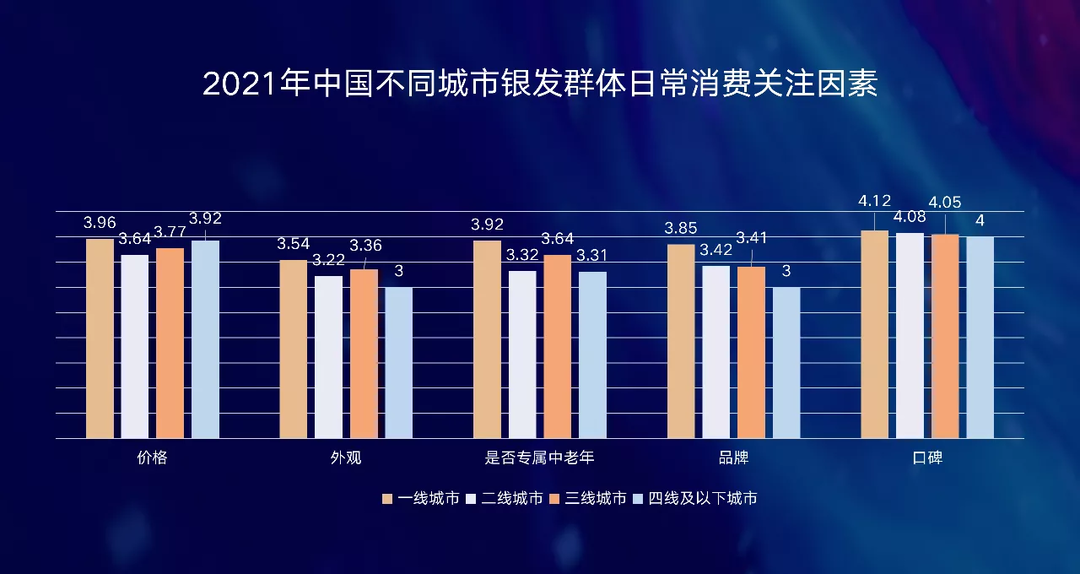
Seafood, noodle restaurants, spicy and steamed vegetables, Chinese fast food, the total number of stores is growing negatively.
There are about 98,000 seafood categories in the country, and seafood has increased by 4,939. There are about 610,000 noodles in the country, with negative growth of about 27,000. There are about 162,000 spicy dishes in the country, with negative growth of about 14,000. There are about 2.345 million Chinese fast food (rice fast food), with a negative increase of about 41,000.
Chinese fast food, "Yang Mingyu Huangpu Chicken Rice" is ranked first in Chinese fast food in the category of 2609 stores, but reduced nearly 700; The home also reduced 300; the "villagers chicken" ranked third with 1102 stores, an increase of about 170.
The most popular dishes in Chinese fast food categories are Fat's old hen soup, plum vegetable buckle meat, farm fried meat, farm steamed eggs, sauerkraut fish, green onion chicken, etc.
Malaysia and steep vegetables, "Yang Guofu Malace and Spicy" is the first in the category of the current stores with 5,190 stores, 5,488 in 2020; ;
The scale of noodles is ranked.
In Western fast food, fried chicken burgers currently have about 313,000 stores across the country, and during the period of approximately 43,000. "Wallace" ranked first in 20084 stores; "Zhengxin Chicken Choos" ranked second in 13,689; "KFC" was third in 8754 stores, but Yum! Yum! China ’s revenue and profits in 2021 far exceeded the first ranking exceeding the first. One of the sums of a second place.
In the aspect of drinking, there are about 425,000 national stores in tea, and the negative growth is about 15,000 during the period. The total number of coffee stores is about 103,000, with a net increase of 9,624.
"Honey Snow Ice City" is the first in the category of tea drinks in the category of tea, which is ranked first in the category of tea.
"Ruixing Coffee" is located in the coffee category with 6841, and "Starbucks" ranks second in 6,518, and "McDonald's Mai Coffee" is third with 2145 homes.
There are currently about 53,000 tavern categories in the country. "Helens Helen Division" ranks first in 890 stores, and "Youbutu Brewery Brewery" is second in 856 homes.
Just need to become the core weapon for catering enterprise crossing cycle
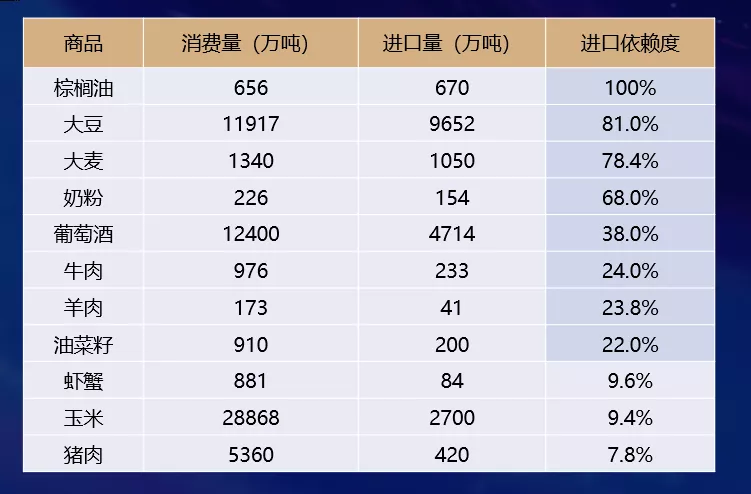
Qing Yong's view of the catering industry just confirmed the point of view of the cover think tank experts and octopus small data Tan Hailin, and believed that meeting the rigid demand was the core of catering to respond to the existing trend and crossing cycle.
Qingyong believes that there are 5 important variables that affect future catering. Cover news deeply recognizes its point of view.
The first variable is the change of capital to the attitude of catering. The entry of capital has promoted the deep changes of the catering industry, and at the same time accelerated the chain of catering, which had an important impact on the development of the catering industry.
The second variable is the impact of carbon neutralization on catering.
In September 2020, at the 75th UN General Assembly, China announced that it would strive to achieve a carbon peak by 2030, and achieved carbon neutrality in 2060.
To achieve carbon neutralization, the catering industry must also contribute. In terms of ingredients, plant protein, animal cells cultivate protein (cell meat), and microbial fermented protein are worthy of attention. Catering terminals should reduce carbon discharge through technology, introduce low -carbon catering equipment such as induction cookers and electric cookers, and avoid disposable tableware as much as possible.
The third variable is the change in the commercial and community business of shopping malls.
More than 5,000 large shopping malls across the country have decreased significantly in the post -epidemic era, while the passenger flow of community and office business districts has increased significantly, and community restaurants have ushered in growth.
The fourth variable is the impact of changes in different intergenerational groups on catering.
Consumers in the Z era gradually became the mainstream of consumption, and their demand was different from the old generation. At the same time, China has begun to enter a deep aging society, and the increase in elderly groups has also brought new business opportunities to the catering industry.
In addition, the changes in single people (unmarried, divorce), living, middle -class, low -income and other people have also quietly affected the catering industry.As of 2019, the total number of single population in China was about 300 million, and it was during the fourth "single tide" period.4 people small tables.The fifth variable is the impact of digitalization on catering.
Digitalization is a hard trend. We must pay attention to the power of science and technology and actively embrace digitalization, just like the media reform led by cover news.At present, foreign fast food has a better use of digitalization. The online private domains of Yuman, McDonald's, and Starbucks account for 30%-60%of sales.
In short, we must actively embrace changes in order to "unchanged".
Cover news reporter Yu Qishu
- END -
Huawei "hidden" shareholders list, Yutaiwei "goes to the exam" science and technology innovation board listing
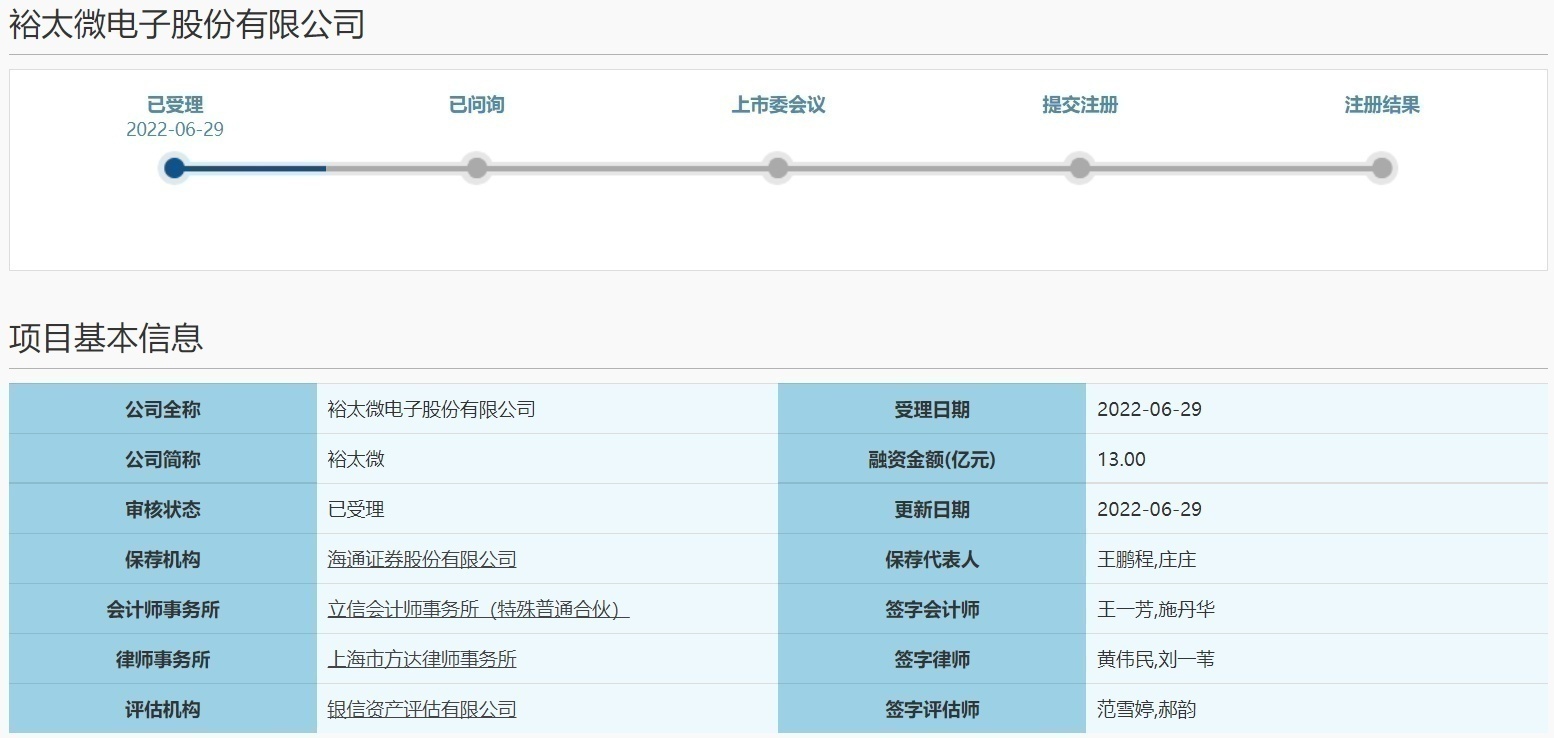
On June 30, Capital State learned that Yutai Microelectronics Co., Ltd. (hereinaft...
Public -private equity fund positions have rebounded, fund manager confidence index recovers
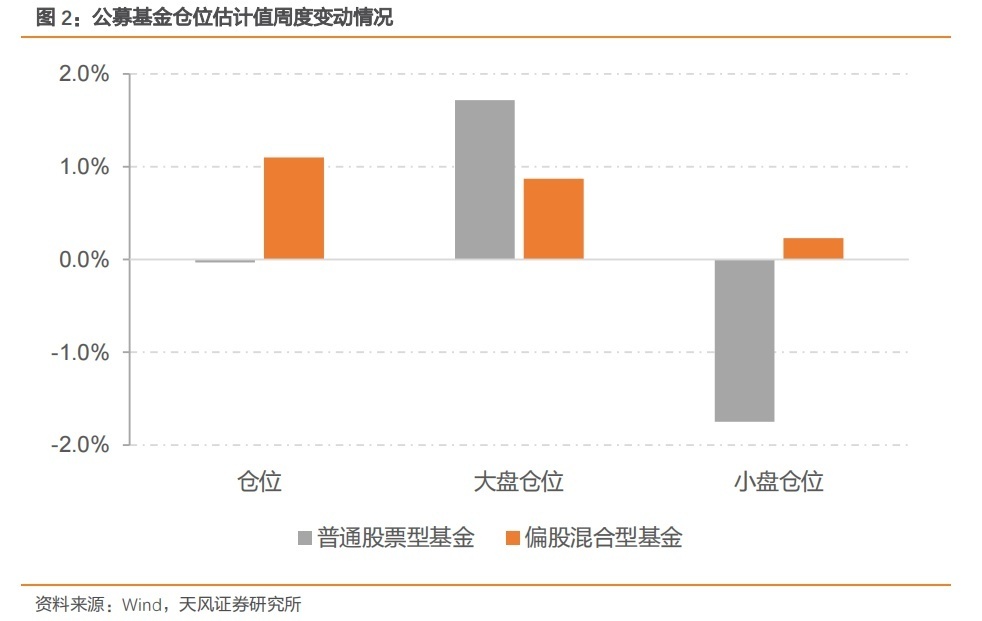
On July 6, Capital State learned that since April's round of rebound, some public ...